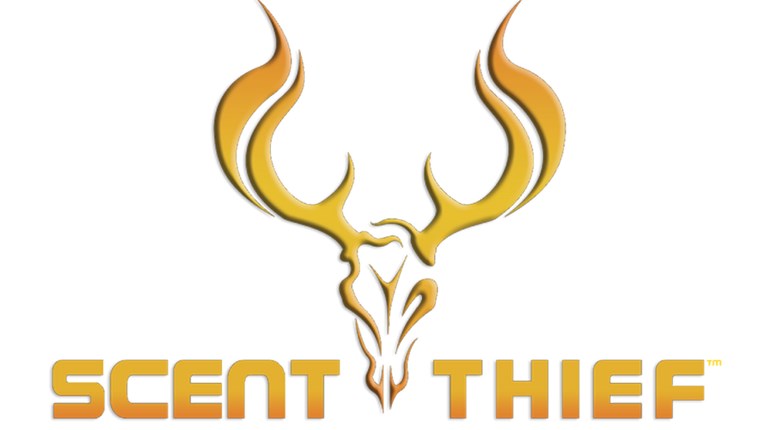
If gun control was a brand, it would be The Sharper Image.
That company’s way-cool gadgets and sleek stores once were the definition of high-tech (remember that catchphrase?), making them the coolest kid in the mall. They sold shiny, remote-controlled gadgets at premium (at least to a college kid like me) prices that solved problems you didn’t even know you had. They were hot before hot was even a thing.
The fall began when we learned that Sharper Image’s indispensable air ionizer actually pumped our designer living rooms full of noxious ozone. Lawsuits followed, and stores closed. I remember seeing a TV spot featuring founder Richard Thalheimer, the man who created it all, as pitchman. He came across as the creepiest guy I’d never want to have dinner with. “Hot” had lost its cool.
If you consider gun control as a brand of advocacy, you can catch a whiff of Sharper Image in it. The hot new cause (or brand) for those who believed their thinking didn’t stink, gun control had everything going for it in the 1960s and ’70s. It was driven by high-profile assassinations, benefited from the national anti-war/peace movement, and had the support of the nation’s major daily papers, monthly magazines and the three-and-a-half channels that constituted a TV monopoly. Gun control had brought us sparkling products like the Waiting Period for gun purchases, Background Checks and the Assault Weapons Ban—and politicians bought them.
But in the Bill Clinton era, the brand began to lose its mojo. Gun control had brought us sparkling products like the Waiting Period for gun purchases, Background Checks and the Assault Weapons Ban—and politicians bought them. Waiting on its shelves were shiny new bans on handguns, Saturday night specials and cop-killer bullets, too.
Americans, however, didn’t buy them, because the stuff we had already purchased was starting to smell funny.
First, we learned that only law-abiding citizens submit to background checks, while criminals steal their guns or buy them from other criminals. Then we learned that “assault weapons” worked just like Grandpa’s 100-year-old semi-auto shotgun, and when the FBI told us the ban had no effect on gun crime, politicians caught the scent and declined to renew it. Perhaps they were both early examples of, “We had to pass the bill to find out what was in the bill.”
Americans began to feel they’d been sold a bill of goods, and looked at the gun-control movement’s other products like they contained lead paint.
So-called cop-killer bullets turned out to be most hunting rifle rounds. Saturday night specials were nothing more than affordable handguns. The assault weapons ban was not only a hoax; it was also a ruse to ban every handgun, rifle and shotgun with a semi-automatic action. Smelling a rat, we began buying handguns like they were hotcakes, and we made the AR-15 the most popular rifle in America.
And their losing streak continued. Al Gore for president. John Kerry for president. Heller. McDonald.
In response, gun-control groups began to exhibit all the classic signs of brand panic. They changed their names to distance themselves from past failed products. Handgun Control Inc. became The Brady Campaign to Prevent Gun Violence, which then adopted the nickname The Brady Campaign so it could easily be written on a check. The National Coalition to Ban Handguns became the Coalition to Stop Gun Violence. The Million Moms For Gun Control became the Million Mom March somewhere along the line (or vice versa). Unable to garner even a fraction of that many moms, it then morphed into Moms Demand Action for Gun Sense in America. Michael Bloomberg then acquired the Moms brand, after all but abandoning his Mayors Against Illegal Guns in the face of departing mayors. To keep up the momentum, he folded both into a whole new brand, Everytown for Gun Safety, which doesn’t involve every town, and is not focused on gun safety.
Just when things looked darkest, Newtown happened—a national nightmare so incomprehensible that it shook every American, whether gun owner or not. Americans began to feel they’d been sold a bill of goods, and looked at the gun-control movement’s other products like they contained lead paint.
The gun-control movement saw daylight, and ran to it. In the middle of that opening was a microphone, and standing behind it was the most powerful man in the world, who welcomed the gun-control brand right into the White House. Every newspaper, every magazine and every TV anchor screamed for gun owners’ heads, and none dared to debate them in their righteous time slot.
Yet gun control lost that one, too. Congress demurred. States revolted. Voters voted.
In fairness, the gun-control movement had lost that battle before it even began. Just as if they were choosing a family minivan, Americans had done their research and distrusted the specious claims, false data and empty promises. Brands die when they lie: Once that trust bond with brand loyalists is broken, it’s nearly impossible to regain it. Gun control had promised us safety, but couldn’t deliver. Consumers may be fooled once, but they’re brutal on brands when betrayed.
Today, the classic signs of brand desperation continue to accelerate. Unable to get the Center for Disease Control to do it for them, Everytown publishes “studies” so thin on credibility that they serve as their own opposition research. Shannon Watts of Moms Demand Action barely rises from the pavement before she trips over another falsehood. Bloomberg dismisses recalled state senators as being from districts “where I don’t think there’s roads.” Moms Demand manipulates photos of its rallies to hide paltry attendance. The gun-control brand has little grassroots support: Without an infusion of cash from billionaire investors, it likely would be on the trash heap.
In contrast stands a brand of advocacy called the National Rifle Association, which has never been, nor ever will be, the National Rifle, Handgun and Shotgun Association or the National March For Things That Propel Projectiles. For 144 years, the NRA has stood for the protection, enjoyment and pursuit of the Second Amendment right to keep and bear arms.
In the branding world, that’s called “focus.” And a brand that loses focus will eventually begin to smell like it is past its “use by” date.


































